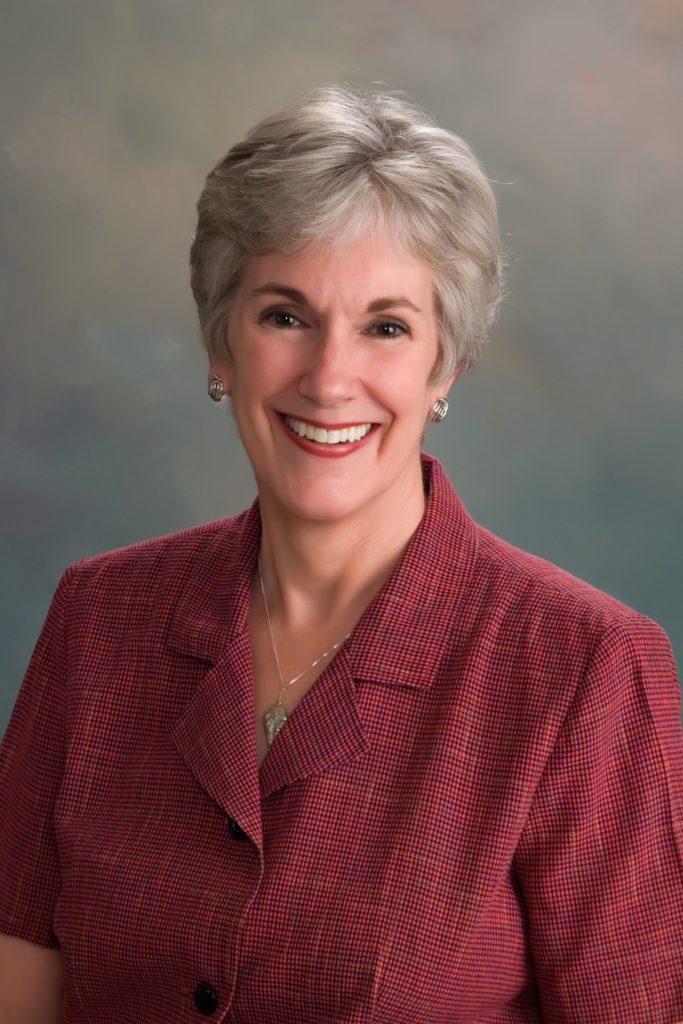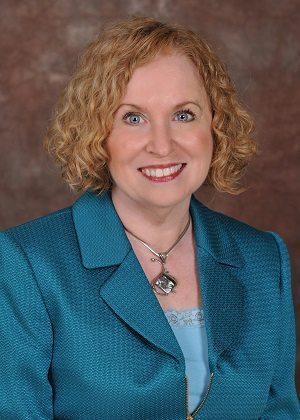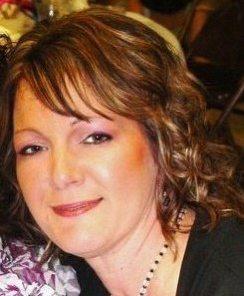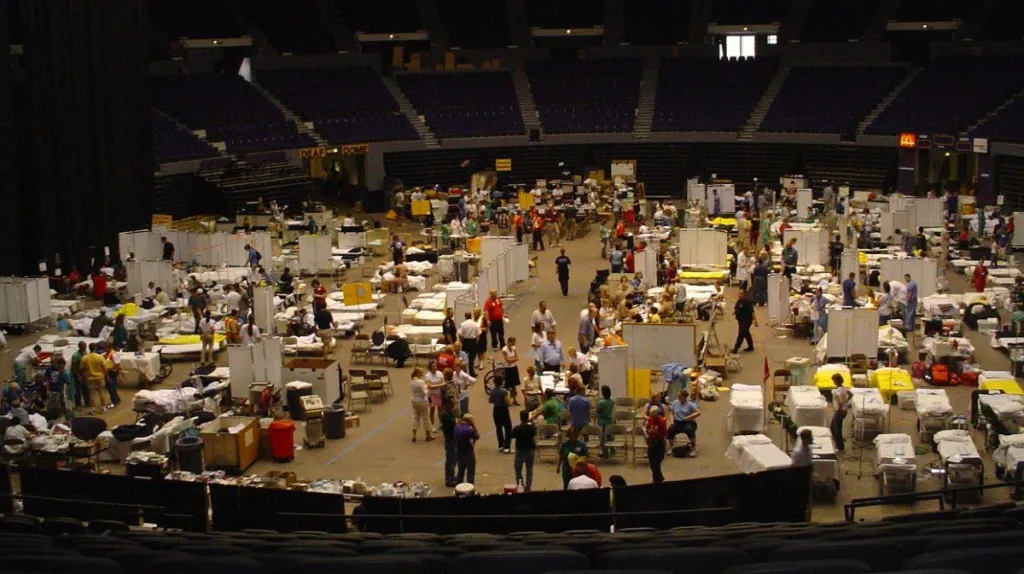By Marcia Frellick Ten years after Hurricane Katrina slammed into the Gulf Coast, nurses who were called to duty or volunteered from distant states remember the chaos and the devastation, but also the unwavering resiliency of patients and fellow providers. The catastrophic storm caused levee breaches, flooding and billions of dollars in damage in several states, displaced hundreds of thousands of residents and resulted in at least 1,800 deaths, according to several estimates. It was one of the costliest disasters in U.S. history and rebuilding continues today. What nurses saw and the lessons they learned after Katrina made landfall Aug. 29, 2005, have helped shape subsequent disaster plans and changed the way they and others think about nursing. Mary Connelly, BSN, RN, executive director of the Illinois Medical Emergency Response Team, was IMERT's chief nurse in 2005 when the Emergency Management Assistance Compact asked the volunteer organization to help. An IMERT team of 11, including five nurses, arrived in the first week after the storm. Connelly remembers the chaos upon entering their makeshift treatment center hospital at the Pete Maravich Athletic Center at Louisiana State University in Baton Rouge. Patients were on cots and chairs, some lay on blankets on the floor, and the team was told thousands more were on the way. The IMERT team had left the morning of Aug. 31, 2005, driven 18 hours straight from Springfield, Ill., and arrived at 2 a.m. Sept. 1. They were quickly put to work, which is when they realized one of the first rookie mistakes in a disaster is failing to get proper rest. Rest for providers is critical, even amid acute medical need. "If you don't take [getting the proper rest] as seriously as you do nutrition and hydration, the sleep deprivation factor starts to creep up on you and you can't replace it with an IV," Connelly said. That's one directive IMERT has since integrated into its operational guidebook: securing sleeping spaces for providers in "whatever's still standing," which may just be local government offices such as the chamber of commerce, evacuated college dorms, etc., Connelly said. When Connelly told volunteers at the athletic center she was a charge nurse, she found herself quickly in charge. With some creative thinking and a little duct tape, she instructed students to tape off a pathway and a nursing station, so patients knew where to line up, which proved to be a quick way to restore order, she said. These steps also are now incorporated into their procedures. The enormity of the workload led the team to call for 40 more IMERT volunteer medics and nurses two days later. The athletic center's field hospital treated more than 6,100 patients and processed 15,000 evacuees.
Making do in the heat
Jane V. E. Richter, MSN, DrPH, RN, is co-investigator of a mass-casualty triage research grant at the College of Nursing, University of South Carolina in Columbia. In 2005, she was a staff nurse with a National Disaster Medical System team from South Carolina. Her team's rotation was scheduled a week after the storm and they arrived at their assigned spot, a tent in the parking lot of Ochsner Medical Center in Baton Rouge, La. [caption id="attachment_43738" align="alignright" width="200"] Jane V. E. Richter, RN[/caption] "Patients stood outside of our tent waiting to be seen for hours," she said. "We hung tarps along the trees to keep them out of the sun because it was horrifically hot. It was very grueling, but very rewarding." Patients needing vaccinations and those with physical and mental illnesses had no medical records and many didn't know which medications or doses they were taking. To complicate matters further, the drug stores were closed. The team had to determine appropriate treatment and dispense medications from the cache they brought with them. After Katrina, large drug store chains made more of a concerted effort to link their records nationally, Richter said. Four providers in the parking lot gave about 3,000 vaccinations a day from sunrise to the evening curfew, for hepatitis A and B, diphtheria and tetanus. The team also treated many people with fevers, lacerations and puncture wounds. Katrina also sparked discussions surrounding evacuations of nursing homes nationally, Richter said. Nursing homes are now encouraged to invite first responders into their facilities and develop more collaborative relationships so that in the event of a disaster they are aware of exits and building plans and what level of care the patients inside receive. "What we found was that many of the nursing homes that were in harm's way had not forged those relationships, and when it came time for them to move their patients, they had no plans for where they were going to put them," she said. Social media will also improve future evacuations, she said, in both notifying people to get out and in how to find people.
Jane V. E. Richter, RN[/caption] "Patients stood outside of our tent waiting to be seen for hours," she said. "We hung tarps along the trees to keep them out of the sun because it was horrifically hot. It was very grueling, but very rewarding." Patients needing vaccinations and those with physical and mental illnesses had no medical records and many didn't know which medications or doses they were taking. To complicate matters further, the drug stores were closed. The team had to determine appropriate treatment and dispense medications from the cache they brought with them. After Katrina, large drug store chains made more of a concerted effort to link their records nationally, Richter said. Four providers in the parking lot gave about 3,000 vaccinations a day from sunrise to the evening curfew, for hepatitis A and B, diphtheria and tetanus. The team also treated many people with fevers, lacerations and puncture wounds. Katrina also sparked discussions surrounding evacuations of nursing homes nationally, Richter said. Nursing homes are now encouraged to invite first responders into their facilities and develop more collaborative relationships so that in the event of a disaster they are aware of exits and building plans and what level of care the patients inside receive. "What we found was that many of the nursing homes that were in harm's way had not forged those relationships, and when it came time for them to move their patients, they had no plans for where they were going to put them," she said. Social media will also improve future evacuations, she said, in both notifying people to get out and in how to find people.
Help on the ground
Kathleen C. Ashton, PhD, RN, ACNS-BC, a clinical professor of nursing at Drexel University College of Nursing and Health Professions and a staff nurse at Thomas Jefferson University in Philadelphia, was part of a volunteer disaster assistance team from Pitman Road Church of Christ in Sewell, N.J. She rode in one of two vans carrying nurses, teachers, clergy, homemakers and others to Hattiesburg, Miss., the first week after the storm. The group cleaned debris out of roadways and distributed food and clothing, while Ashton performed basic care and helped in a social service role. [caption id="attachment_43739" align="alignright" width="214"] Kathleen Ashton, RN[/caption] She was struck by the familiarity of the faces suffering in Katrina's wake. "These were people just like me," said Ashton, who has volunteered on missions in Peru for 15 years. "It struck me that global health is local. Anyone can have their whole world wiped out." She said she is incorporating that thinking into her global health teaching at Drexel. Clair Petit Millet, DNP, APRN, PHCNS-BC, now director of nursing at the Louisiana Department of Health and Hospitals' Office of Public Health, Baton Rouge, was assistant director when the megastorm hit, and operations chief in the state response to Katrina. She organized medical support, emergency medical services and volunteers. Millet said the storm highlighted the need for nurses everywhere to be able to practice to the full extent of their education and training. Louisiana is one of 17 states with "reduced practice" restrictions on how nurse practitioners can work. In Louisiana, NPs need to have a collaborative agreement with a physician to provide care. So at a time when prescription writing was critical, visiting NPs trying to help couldn't write them because physicians were not willing to collaborate with out-of-state NPs, Millet said. "They came in and they functioned in the general registered nurse role."
Kathleen Ashton, RN[/caption] She was struck by the familiarity of the faces suffering in Katrina's wake. "These were people just like me," said Ashton, who has volunteered on missions in Peru for 15 years. "It struck me that global health is local. Anyone can have their whole world wiped out." She said she is incorporating that thinking into her global health teaching at Drexel. Clair Petit Millet, DNP, APRN, PHCNS-BC, now director of nursing at the Louisiana Department of Health and Hospitals' Office of Public Health, Baton Rouge, was assistant director when the megastorm hit, and operations chief in the state response to Katrina. She organized medical support, emergency medical services and volunteers. Millet said the storm highlighted the need for nurses everywhere to be able to practice to the full extent of their education and training. Louisiana is one of 17 states with "reduced practice" restrictions on how nurse practitioners can work. In Louisiana, NPs need to have a collaborative agreement with a physician to provide care. So at a time when prescription writing was critical, visiting NPs trying to help couldn't write them because physicians were not willing to collaborate with out-of-state NPs, Millet said. "They came in and they functioned in the general registered nurse role."
Positive changes
Since then, Millet and others pushed for getting state regulations amended through the state board of nursing so when advanced practice nurses come into the state to help in disasters, they can get a collaborative agreement with public health physicians. In 2014, the new regulations were accepted. Another change after Katrina was moving back the timeline for disaster preparation, she said. The magnitude of the storm made it clear that disaster preparation for a storm needs to start earlier, she said. For comparison, in late August of this year, the Louisiana Governor's Office of the Department of Homeland Security was already asking the public to consult the state's Get a Game Plan website, to prepare for Hurricane Danny, which wasn't predicted to threaten the U.S. mainland for another two weeks. The website offers tips on evacuation plans and home, family and pet protection plans, as well as provides a list of important contact numbers. Thankfully, the threat diminished as the storm weakened days later. [caption id="attachment_43740" align="alignright" width="244"] Clair Petit Millet, RN[/caption] Katrina also further enhanced nurses' role in public perception, Millet said, and highlighted what they bring to the table as leaders in managing care in disasters. Nursing informatics, in particular, has gained prominence and showed its critical need. Electronic health records and incentives for e-prescribing in the last decade have enhanced nurses' ability to access information amid devastation. The nightmare she describes in the wake of Katrina would be much different today, with advances in technology and knowledge about the potential of a full-force hurricane, she said, adding that the state is much more prepared. Still, as the 2015 season begins, eyes are often on radar screens. "We pray daily that we don't ever have another Katrina," she said. Marcia Frellick is a freelance writer. Photo of the Pete Maravich Athletic Center at Louisiana State University in Baton Rouge provided by the Illinois Medical Emergency Response Team. To comment, email [email protected].
Clair Petit Millet, RN[/caption] Katrina also further enhanced nurses' role in public perception, Millet said, and highlighted what they bring to the table as leaders in managing care in disasters. Nursing informatics, in particular, has gained prominence and showed its critical need. Electronic health records and incentives for e-prescribing in the last decade have enhanced nurses' ability to access information amid devastation. The nightmare she describes in the wake of Katrina would be much different today, with advances in technology and knowledge about the potential of a full-force hurricane, she said, adding that the state is much more prepared. Still, as the 2015 season begins, eyes are often on radar screens. "We pray daily that we don't ever have another Katrina," she said. Marcia Frellick is a freelance writer. Photo of the Pete Maravich Athletic Center at Louisiana State University in Baton Rouge provided by the Illinois Medical Emergency Response Team. To comment, email [email protected].






